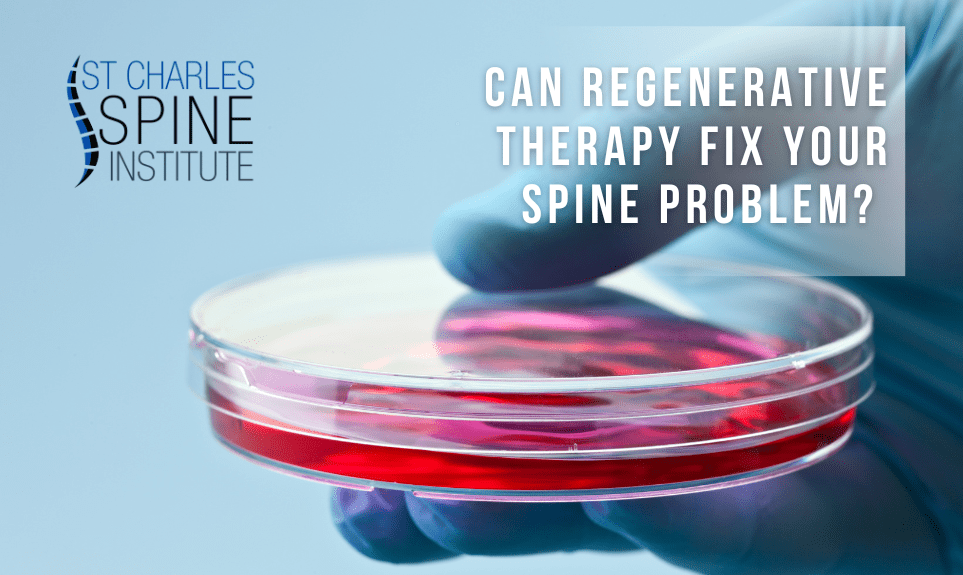Can Regenerative Medicine Be Used for Spine Problems?

If you suffer from unrelenting back pain, you aren’t alone. The National Center for Health Statistics estimates that nearly 60% of adults in America are living with chronic back pain. Yet, despite their discomfort, many individuals are hesitant to go to a doctor, fearing that they will have to have risky, expensive, or difficult spine surgery that will take months to recover from. But what if you were able to fix your back problem and alleviate your pain without surgery?
It may be possible. Regenerative medicine offers hope to those with chronic back pain who are looking for a non-surgical fix.
Regenerative Therapy: An Alternative to Spine Surgery
Regenerative therapy is also called stem cell therapy. Stem cells have the unique property of being able to become any kind of cell. In other words, most of the time, a cell can only reproduce to become the same type of cell: skin cells can only regenerate to produce other skin cells. But stem cells are early-stage cells that have the potential to regenerate different types of tissue–including the tissues in your spine.
After years of research and testing, doctors have found that stem cell therapy can offer a solution to numerous spine problems. Individuals whose back pain stems from osteoarthritis, degenerative disc disease, disc herniations, fractured vertebra, or compressed spinal nerves can all benefit from this innovative treatment.
What is Involved in Stem Cell Therapy?
The procedure works by using your own stem cells–which exist in your bone marrow–to regenerate new, healthy cells in tissues that have been damaged. Because the cells are from your own body, the procedure is safe, and your body will not react adversely to the introduction of the cells into your spine.
While the whole regeneration process itself can take some time, the actual procedure takes only one outpatient visit. After the procedure, most patients begin to notice an improvement in their condition three to seven weeks after therapy, and healing in the treated area may continue for up to one year. During that time, you will likely observe positive changes to the state of your back.
Procedure: First, you will prepare for the procedure by abstaining from certain medications, particularly non-steroid anti-inflammatory medications (NSAIDs) such as acetaminophen and ibuprofen (which are in many over-the-counter pain medications) for a few weeks.
At your appointment, your doctor will apply a local anesthetic, and then use a needle and syringe to withdraw bone marrow from a bone in your pelvis. This part of the process will take about 15 minutes.
The bone marrow will then be taken to a lab, where the marrow will be treated to remove plasma and red blood cells so that only stem cells remain. Then, these stem cells will be injected into the area that is injured, also using just a local anesthetic. The entire procedure takes only about one hour, and you can actually drive yourself home after the procedure as long as you don’t receive any sedation.
Recovery: One of the most reassuring things about regenerative therapy is that recovery from the procedure itself is relatively quick, and will not have a severe impact on your ability to carry on normal activities. You will likely feel some soreness at the bone marrow extraction site, but many patients say it is comparable to being bruised. Your back pain may also increase for a short while at the site of the injection.
You will have to avoid load-bearing activities and curb your activities for six weeks, as well as continue to refrain from using certain medications.
If you are looking for a solution to unresolved back pain without surgery, regenerative stem cell therapy may be an option. If you have more questions or would like to learn about whether your back pain could be resolved by regenerative therapy, please contact the St. Charles Spine Institute today.
